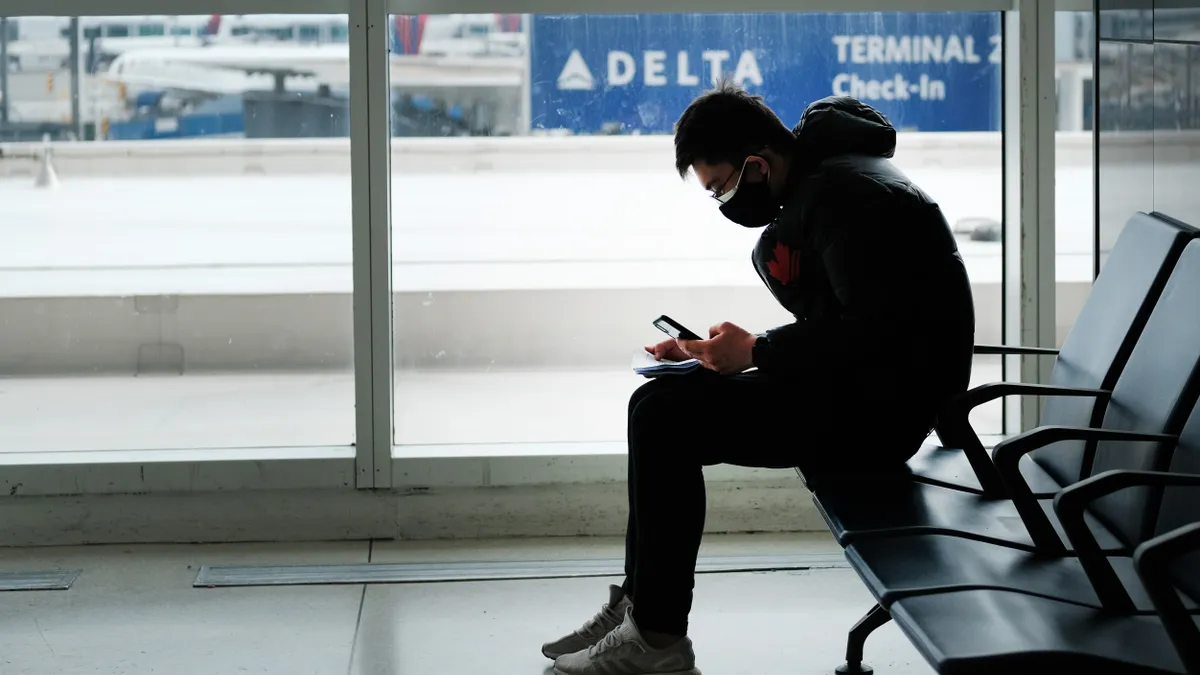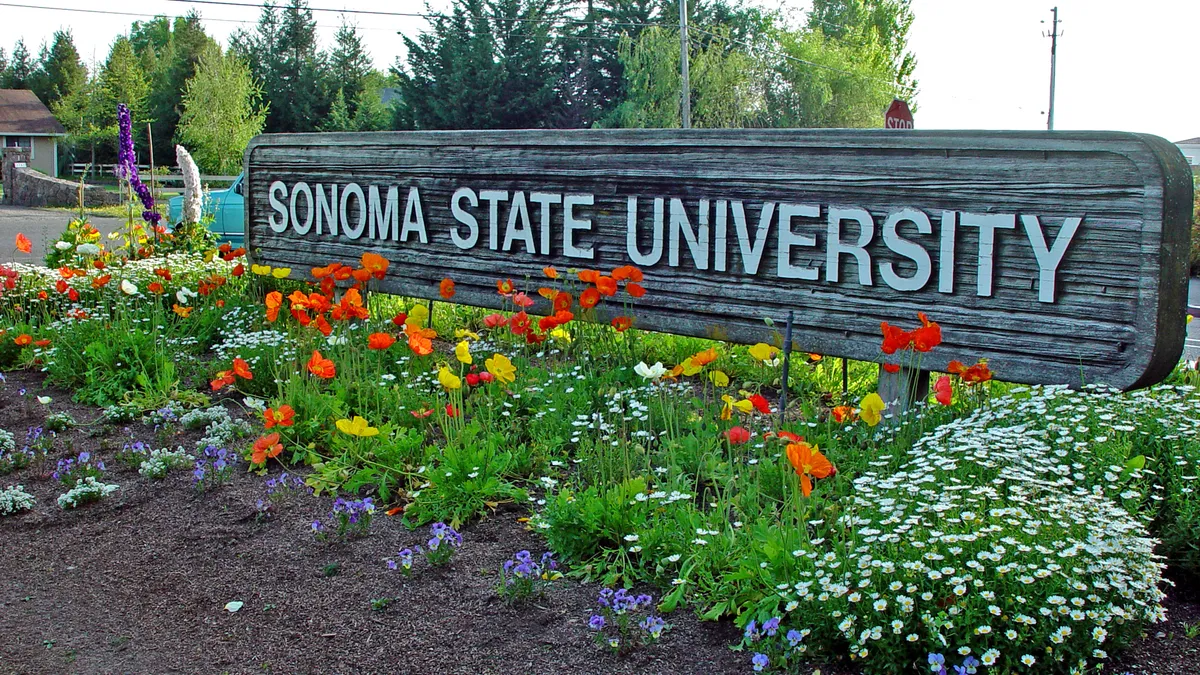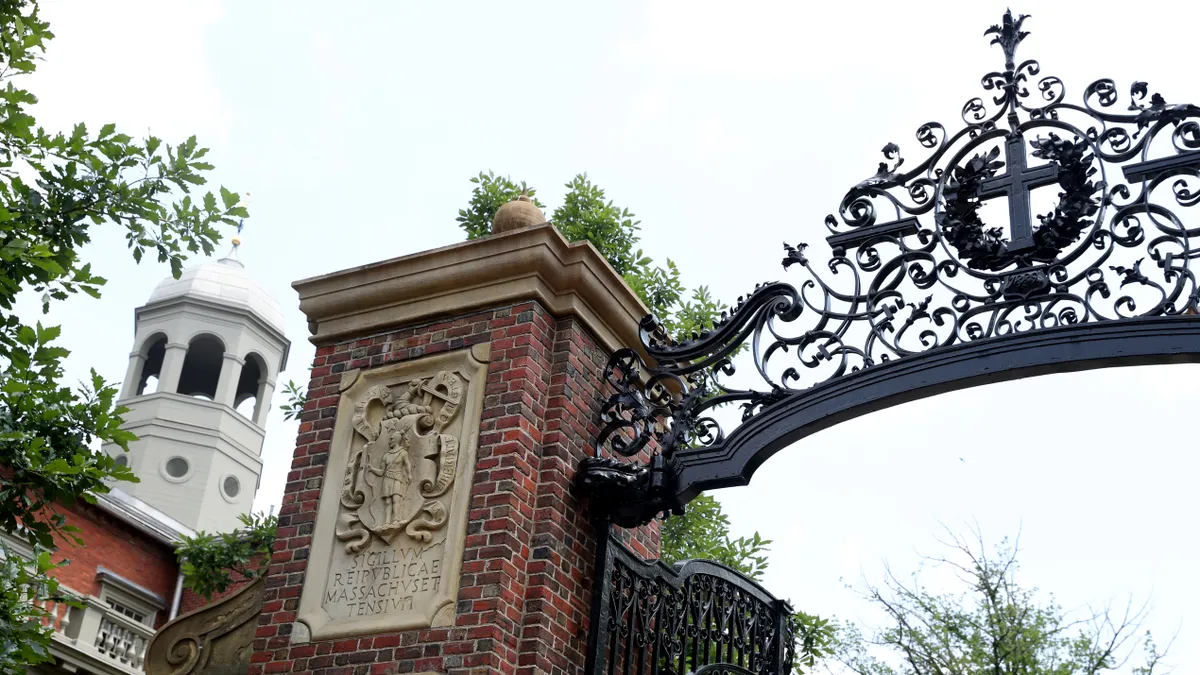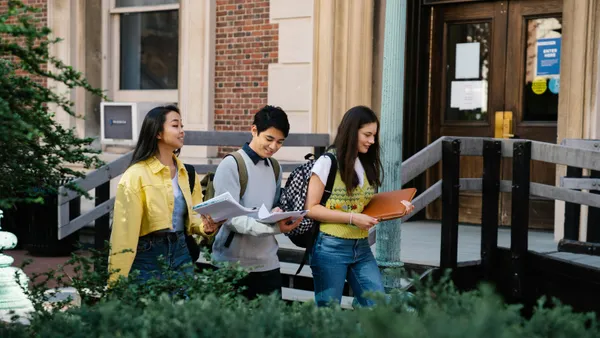As America's mass vaccination efforts enable much of the country to lift coronavirus restrictions, colleges and their students are preparing for in-person learning this fall. But it's doubtful whether international students in countries still ravaged by the pandemic will be able to get to U.S. campuses in time.
Despite a returning desire to study in the U.S., many international students could face policy-related challenges and be dissuaded by the perception that America is no longer welcoming to foreigners.
Leaders at the University of Texas at Dallas are hoping for a rebound in international student enrollment this coming fall.
About 4,100 international students enrolled last fall, a decrease of over 25% from 2019, said Juan González, the university's dean of graduate education. Due to a surge in applications for fall 2021, university leaders think enrollment could reach pre-pandemic levels of about 5,500 international students, he said. But while interest in the university has grown abroad, it is unclear whether those students will be able to arrive in time for the start of classes, he said.
International students from several countries — including China, India and Iran — will be exempted from travel restrictions if they hold certain visas and their academic programs start in August or later, according to a State Department announcement. But U.S. consular offices in countries where the pandemic is surging are offering limited or no visa appointments — potentially delaying some students' arrivals, González said.
Higher education institutions and lobby groups are concerned this could be an issue at colleges nationwide.
The current challenges with international recruitment may have a negligible long-term effect on well-known research institutions, which will likely continue to find ways to bring in students once the restrictions are removed and vaccinations are distributed more widely, said Steven Bloom, assistant vice president of government relations at the American Council on Education. But the issues could have a longer-lasting impact on the many smaller, less-known institutions that rely on international students to maintain enrollment and tuition revenue, he said.
"Among the sea of challenges that they've had to confront in the COVID-era, this is just one more significant challenge," Bloom said.
The University of Texas at Dallas plans on holding courses that will allow students to start their semester virtually and then switch to a face-to-face format once they arrive on campus, González said. The university does not require students to get the vaccine to be on campus. But officials have been reassuring students and their families that the shots will be available on campus if they want them.
"We remain hopeful that these students will join us for the fall semester," González said.
Barriers to reaching campus
Foreign students often pay higher tuition than their domestic peers and help create a global experience on campuses. But the total number of international students in the U.S. fell for the first time in over a decade during the 2019-20 academic year, a decrease that has been exacerbated by the pandemic, an Institute of International Education survey found.
As the U.S. emerges from the health crisis, international students' desire to study at American colleges has revived. Forty-three percent of colleges reported an increase in international applicants for the upcoming academic year, while 38% reported a decline, according to a June survey of 414 colleges by IIE. Last year, only 22% of colleges surveyed reported growth in international applications, and over half reported a dip.
"Universities are prepping for a strong recovery in international enrollment," said Mirka Martel, IIE's head of research, evaluation and learning, during a conference call.
But challenges still abound. Despite the will among international students and colleges, the pandemic has resulted in "profound reductions" in the government's visa processing capacity, according to a State Department official. International educators association NAFSA is concerned about the agency's ability to hold required visa interviews and process applications in a timely manner, said Joann Ng Hartmann, a senior director at the organization who focuses on international student support and enrollment management.
The lobby group has heard anecdotally from some of its members that visa interview appointments are not available until September or later in certain countries, including China, India and Norway.
The American Council on Education, on behalf of NAFSA and around three dozen other higher ed organizations, is asking federal officials to waive in-person interview requirements for new applicants or allow the use of video conferencing to hold interviews instead. NAFSA also wants federal officials to prioritize student and scholar processing and no longer require visa holders to contact an embassy or consulate to travel to the U.S., Ng Hartmann said.
U.S. embassies and consulates are prioritizing services for several groups before students, including U.S. citizens overseas and people assisting with the nation's pandemic response, according to a State Department official. The department will also not allow virtual interviews for visa applicants as a matter of national security because consular officers evaluate body language to determine eligibility.
Meanwhile, colleges are preparing for the possibility that students will not make it to campus in time for the fall term. According to IIE's survey, 77% of institutions are offering international students unable to travel deferment to the spring 2022 term and nearly half said they would let those students take classes online until they can arrive at the institution.
"U.S. higher education institutions are very realistic about the challenges that are currently in place in terms of getting international students visas," Martel said. "Institutions are planning for contingencies if international students cannot make it to campus."
Other limitations
International students face barriers beyond visa delays.
They are typically limited in how many online classes they can take. But when courses went remote due to the pandemic in March 2020, U.S. Immigration and Customs Enforcement issued guidance allowing current international students to remain in or enter the U.S. if their courses were all online. Incoming international students, however, can't study in the U.S. unless their program has "some in-person learning requirement," according to updated federal guidance issued in April.
First-year international students can take courses online from abroad, but doing so could delay the time it takes to become eligible to participate in internships in the U.S. or receive practical training in their field after graduation, Ng Hartmann said. And studying online can be challenging if you're a chemistry student living in China but your lab is located in New York, Bloom gave as an example.
The Trump administration's anti-immigrant rhetoric and hardline border policies likely turned off many international students as well before the pandemic, Bloom said. He added that he has also heard reports of international students being concerned by the rise in gun violence.
"I suspect they didn't see us as welcoming the way that they once did," Bloom said.
A pair of executive orders signed by former President Donald Trump last summer complicated international study and research in the U.S., Ng Hartmann said. One that took effect in June 2020 suspended entry of certain Chinese graduate students with ties to the military, and led to more than 1,000 visas being revoked last September. And in July, another shut down an academic exchange program between the U.S. and China and Hong Kong.
Rising anti-Asian hate crimes in the U.S. have also left many Chinese students and scholars more vulnerable, Ng Hartmann said. Biden may foster a perception abroad that the U.S. is more welcoming than it was under the Trump administration, but views take time to shift, experts said.
Hoping for new growth
Despite travel restrictions, visa applications and perceptions of the U.S. as being in a state of flux, some students and institutions are cautiously optimistic.
At Indiana University, systemwide international student enrollment had steadily declined from its peak of 8,905 students during the fall 2016 term to 6,167 students during fall 2020.
Officials hope to rebuild enrollment this fall, said John Wilkerson, the university's assistant vice president for international services. But the school's success will depend on the global progress in visa issuance and a reduction in travel barriers, he said.
Most of the university's international students are preparing to study at the campus this fall but are also making arrangements in the event they can't, Wilkerson said. Students who cannot make it to campus due to visa or other travel barriers are allowed to defer admission.
Foreign students have also been impacted by the cancellation of standardized exams, limited access to college preparatory services and a lack of travel options, he said. And they are concerned about whether work opportunities will be available during and after completing their studies — an area where other countries are gaining traction, Wilkerson said.
"It will take years of messaging and proof through actions for the United States to regain the shine that it lost during recent years," Wilkerson said.






















